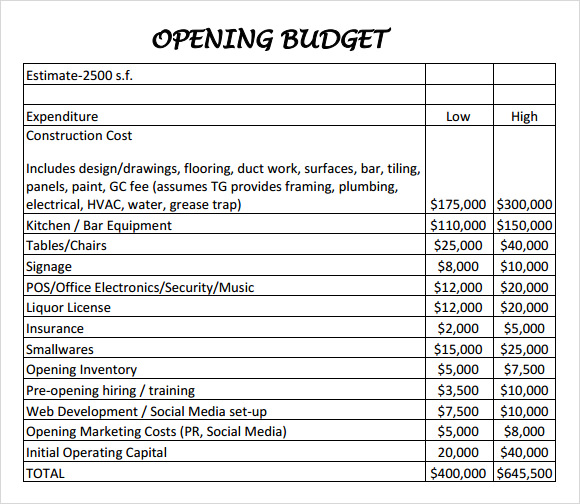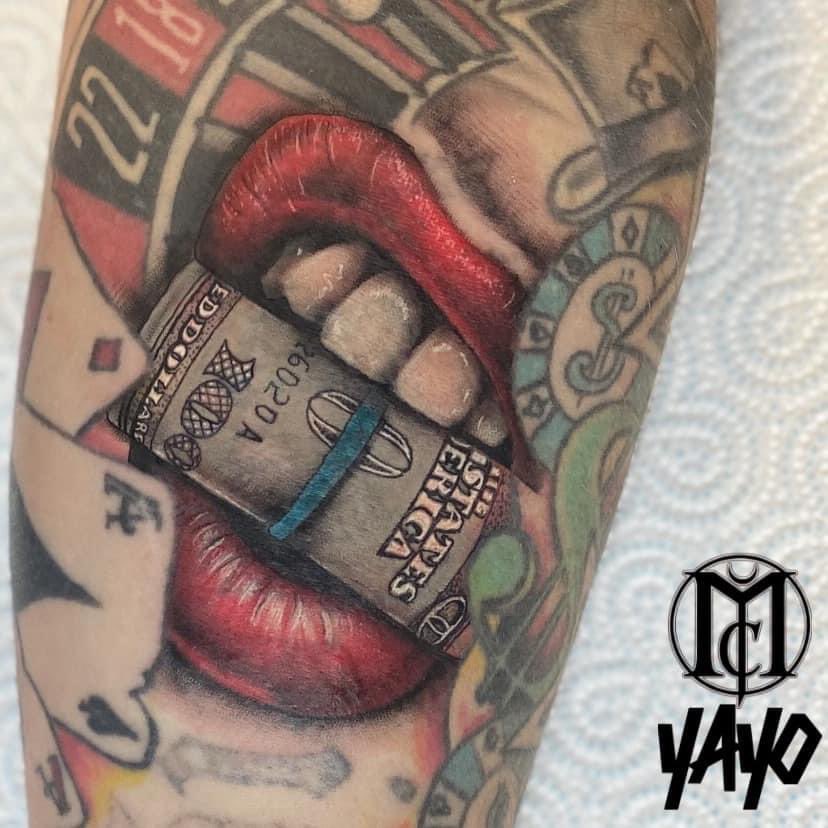

Rogers’ 11-year-old son now knows that if there is not a coupon for the item, they don’t get it. That could include talking with your significant other about your finances, telling your friends that you will start budgeting, or explaining to your children how the family is now spending money. You’re trying something new, there’s nothing wrong and right, you might get it wrong one month and then get better the next one,” she said.Īs with any lifestyle change, having people around you to support your decisions and encourage healthy habits is crucial, McCreary said. “You play those games and you make these things your own. She sells “one month challenge” packages meant to help save $1,000 in cash. Stewart also started a business selling envelopes and budget binders on Etsy as a way to encourage and promote financial literacy. “This is tailored to your life and what you want to save for, so that’s what I like about it,” Stewart said. Yotta and Save to Win allow users to create saving bank accounts that rewards them for the amount that they save.įor accountant Tiffona Stewart, gamifying her savings meant using the envelope system, where you put cash in envelopes for specific expenses.
Buy you need a budget 4 tv#
Like ‘Hey, if we save enough money, we can get a new TV or go on vacation,’” she said.Įxamples of gamification include giving yourself a small reward after a certain amount of time or money that you have saved.Īpps such as Mint, which rewards the number of times you check your budget, and Acorns, which allows users to invest with their spare change, can help. If you’re still struggling, McCreary recommends that you gamify your budget and turn it into a challenge. But if you need help visualizing what’s coming in and going out, there are resources available. Writing down your after-tax salary and then adding your expenses in a notebook or a blank spreadsheet might be enough to make a plan.

This method works for many people, but it might not be right for you if necessities eat up more than 50 percent, in which case you’ll need to allocate less for savings or things you want to do or buy. Websites such as NerdWallet or Money Fit offer 50/30/20 calculators to help.

“It helped me to see how beneficial it is, and that we have more discretionary funds when I follow this method,” said Rogers, an intake coordinator for a nonprofit organization. Wiltrice Rogers of Allen Park, Michigan, has used this system for more than 30 years. Always start off with covering your basic needs.Ī well-known budgeting system is the 50/30/20 rule, where 50% of your income is allocated for necessities like food and rent, 30% for things you want, and 20% for savings and debt repayment. Next, she recommends categorizing where your income should be spent. Silver lining: Northeast drought benefits some businesses


 0 kommentar(er)
0 kommentar(er)
